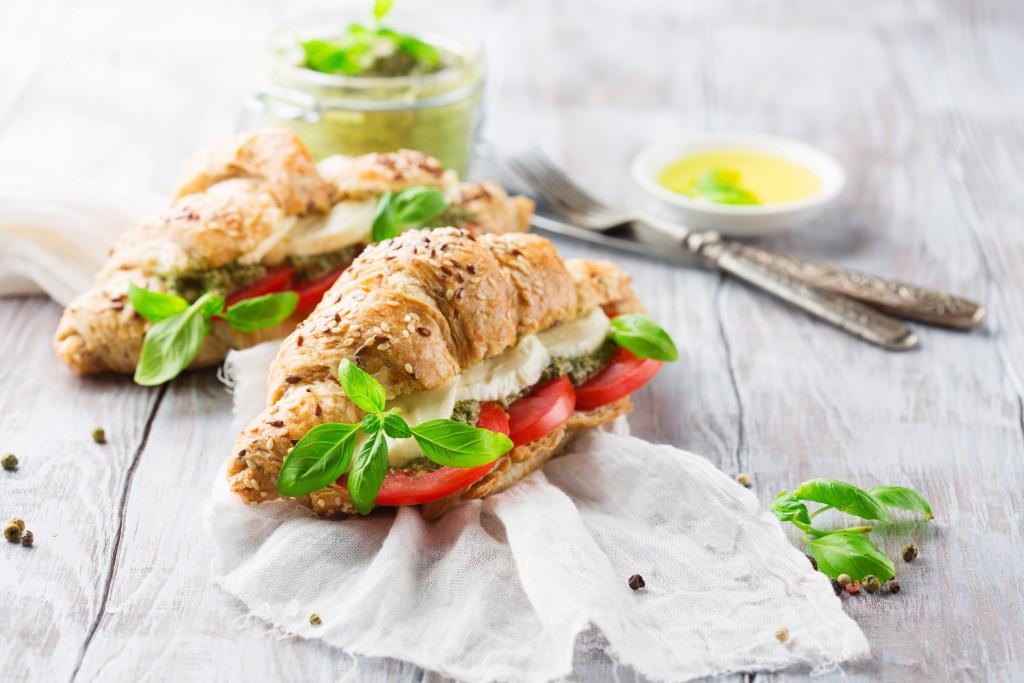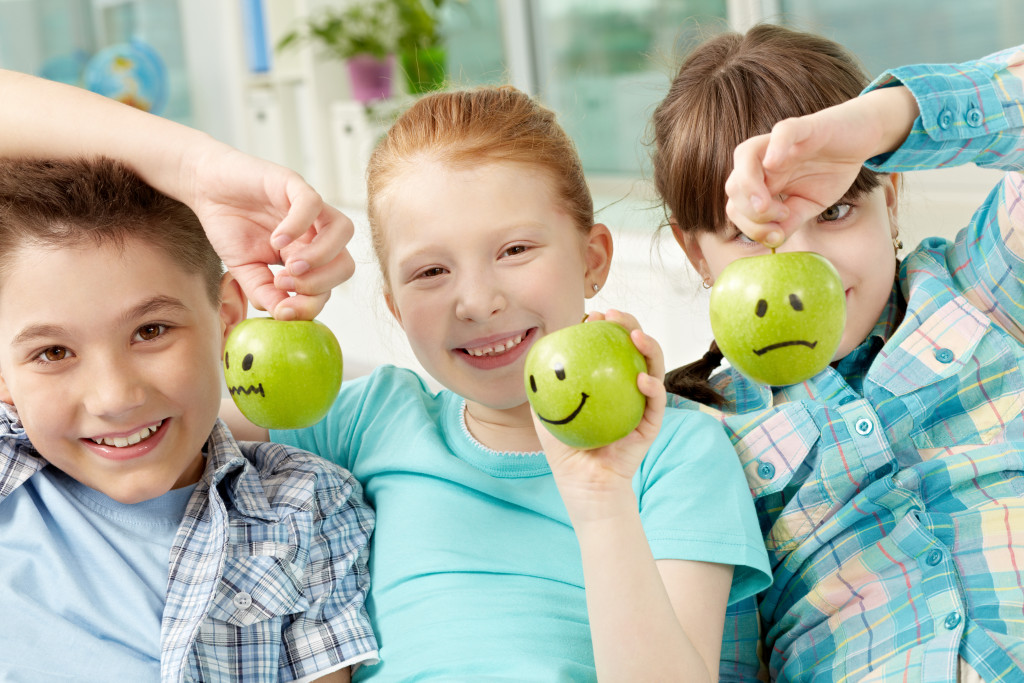As most states prepare for reopening schools, nobody can clearly picture what the upcoming year will hold. Moreover, the pandemic has outmoded several standard educational processes we knew and relied on for many years. As a result, educators must reconsider how most of their routine procedures are done, including how students and teachers interact in the cafeteria.
At this point, having a maximum of 450 children crammed into school lunches at the same time is not a viable option anymore. Instead, schools have to devise a method of reducing congestion, providing kids with space to spread out, and incorporating correct social distancing techniques for their health and safety.
Larger rooms, wider spaces
Overcrowding is a significant COVID-19 risk factor. Therefore, it is critical to have the appropriate equipment, especially in handling food. For instance, in the foodservice industry, limiting risky mobility by serving meals using a utility stainless steel restaurant cart, distancing seats and tables, or putting barriers in between to avoid physical contact and droplets in the air is a must. It’s no different with cafeterias in schools.
Due to the increase in the number of children returning to face-to-face learning, several school districts are expected to comply with the latest school guidelines set by the Center for Disease Control Prevention. This includes distributing food in the classrooms and providing a designated outdoor area for safer lunch breaks for students and faculty.
Despite massive vaccinations, these precautions are still necessary to help contain the virus and reach herd immunity quickly since the emerging variants of COVID-19 are seen to be more infectious and spread rapidly. Therefore, most institutions should remodel their canteens to give more and different places for kids to move rather than being closely squeezed together in one tight space. Additionally, kids can eat in corridors and other areas as required and in an open environment and classrooms when appropriate.
Students cleaning up after themselves
Educators must encourage students to make cleanliness a priority and part of their responsibilities. Ensure that they know the importance of washing and sanitizing their hands before and after they finish their meals. We can do this by installing a sanitation booth at every entrance of their classrooms or cafeterias. Schools can also give free sanitation kits as part of introducing the new school rules.
Moreover, you can also encourage them to bring their own utensils to avoid sharing or trading foods. Urge them to clear their tables and clean up after they have completed their meal. And explain to children how objects like tissues or paper napkins should be adequately disposed of.

Meals that are more nutritious and delicious
School systems have to alter their meals and snacks in various ways, including implementing tasty and healthy recipes each week and safe food packaging to help prevent the transmission of the virus.
The thought of returning to school sparks anxiety in most parents; therefore, most of them would want to ensure and prefer a healthier and safer environment for their kids to have their lunches. In addition, dining in a learning environment provides an excellent chance to strengthen nutrition in educational programs and motivate students to try new dishes beneficial for their health, growth, and development.
Establishing a more positive atmosphere
In the hopes of putting together the face of our new normal and implementing several health protocols and procedures, it is critical to establish a pleasant lunchroom atmosphere that young learners will appreciate. Socializing is an essential aspect of children’s learning and development. As much as social distancing is vital, consider giving them adequate space to enjoy their food and mingle with their peers without breaking their protective barrier.
One strategy that may make this possible is to have children participate in an exercise or recess before lunch with the supervision of an adult. This is to help them stay calm and act appropriately during lunch, especially for younger students.
A pleasant experience
An effective lunch program for institutions should provide parents with rapid, easy accessibility and complete supervision of the meals and menu for their children that directly fits their dietary habits and food concerns such as allergies, lactose intolerance, and other health conditions related to food. In addition, without spending much time sorting out meals, it should be more flexible for parents to request and select a daily or weekly meal plan for their children in advance.
While school officials throughout the country strive to stitch together effective plans and strategies for how school canteens will function, the communities should actively participate and be one with them in delivering the best solutions for implementing new guidelines in protecting our children, bettering our school system.

